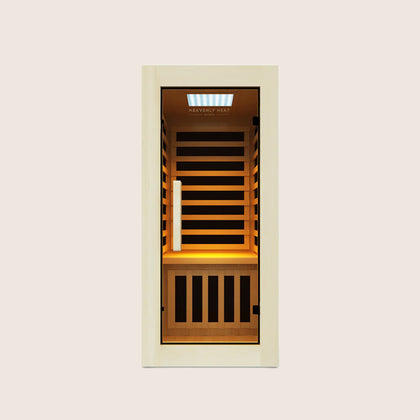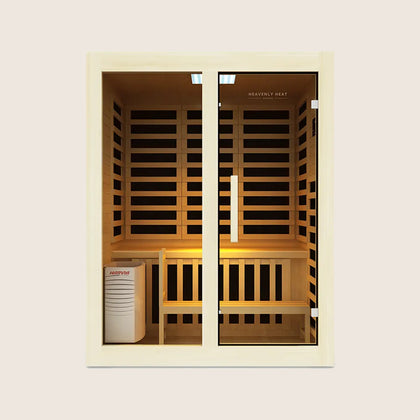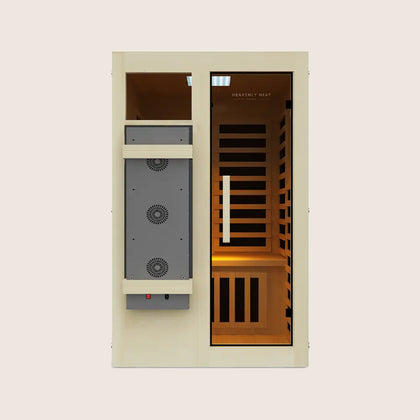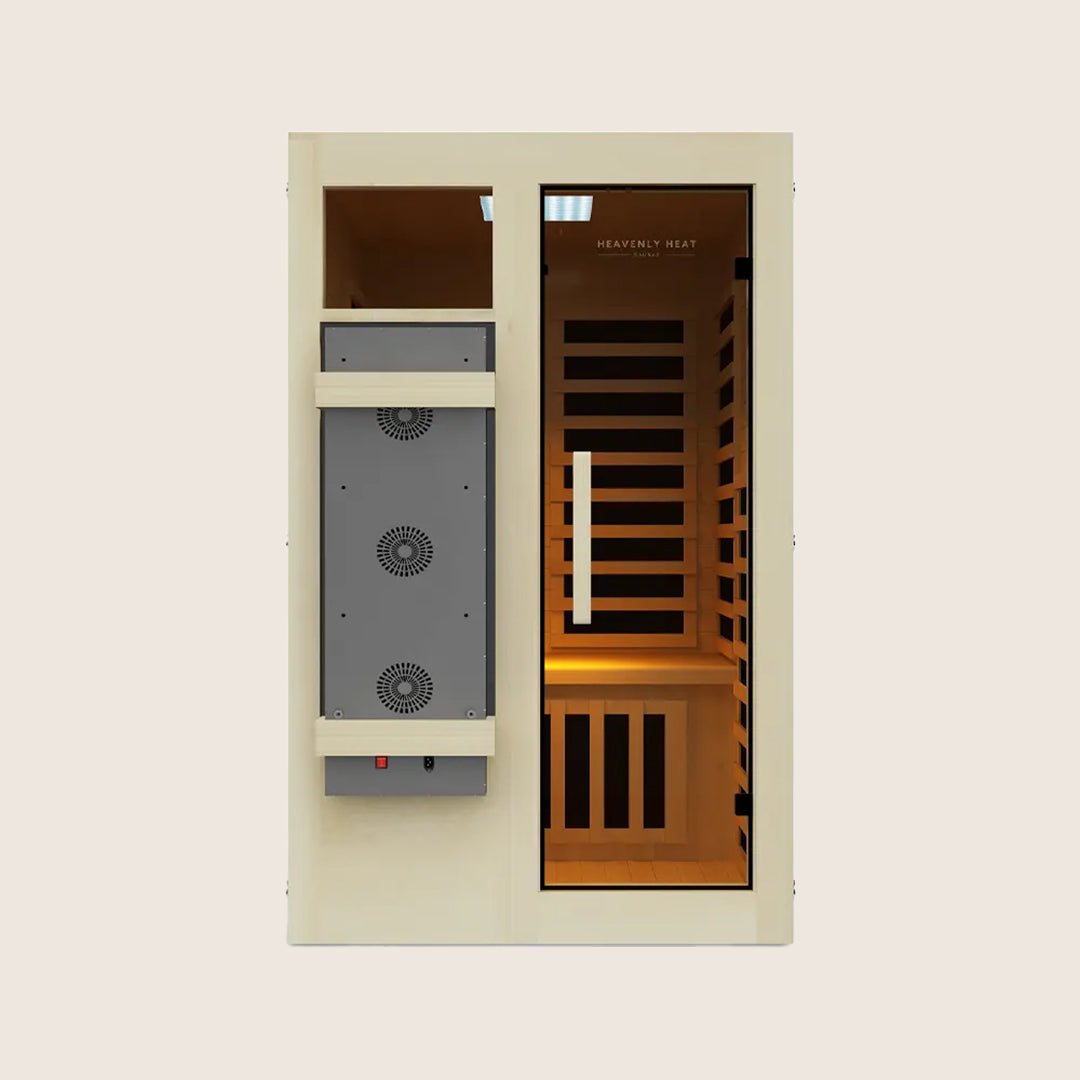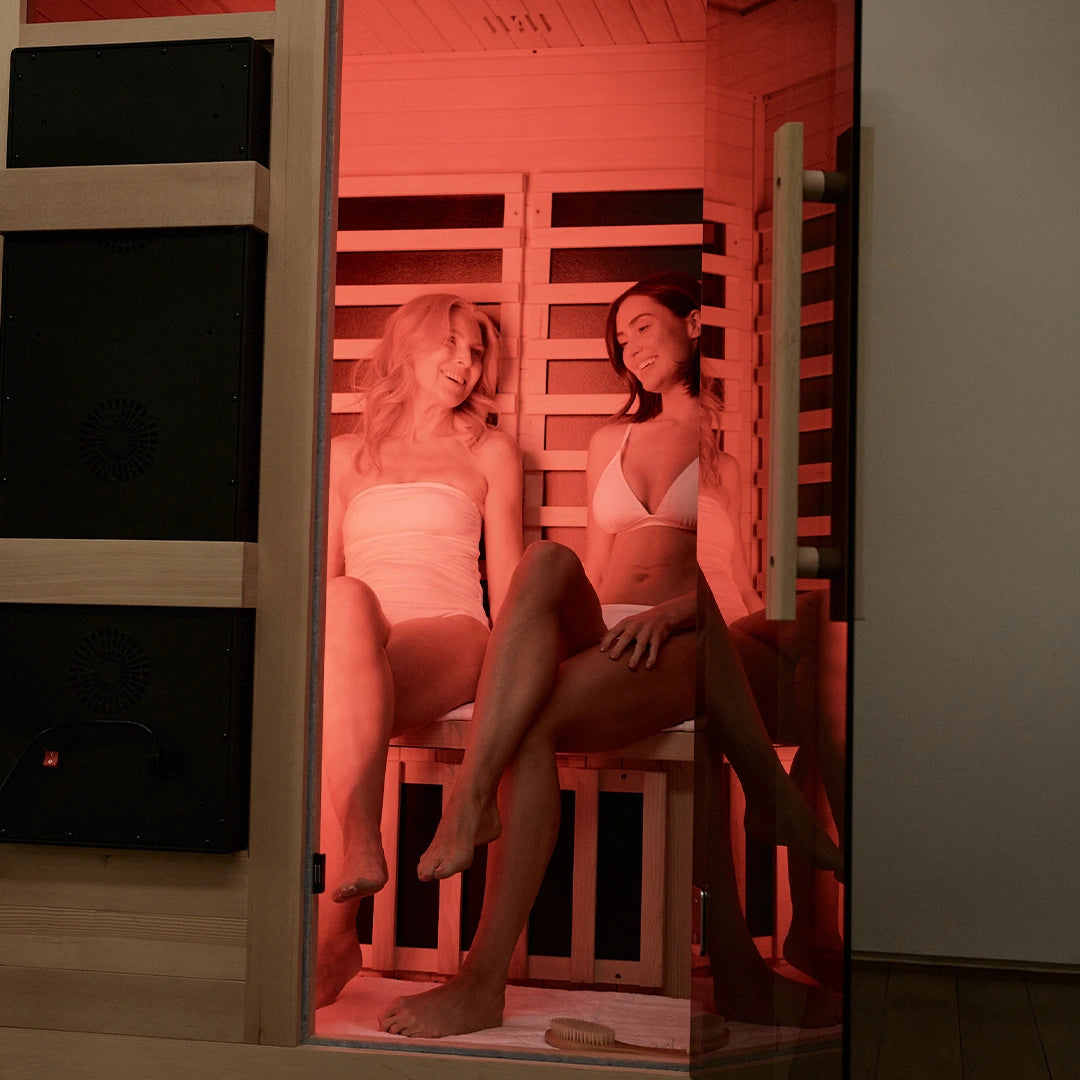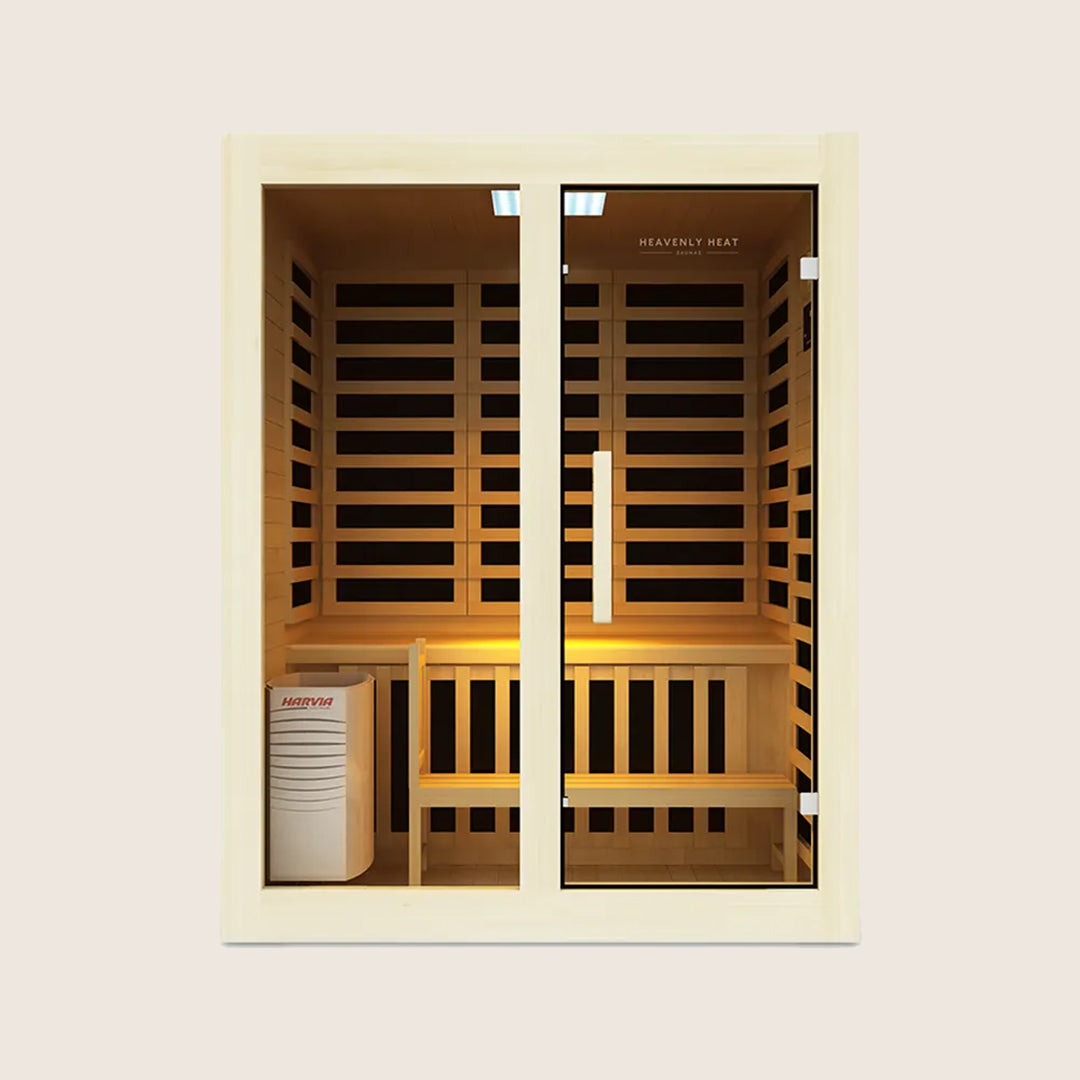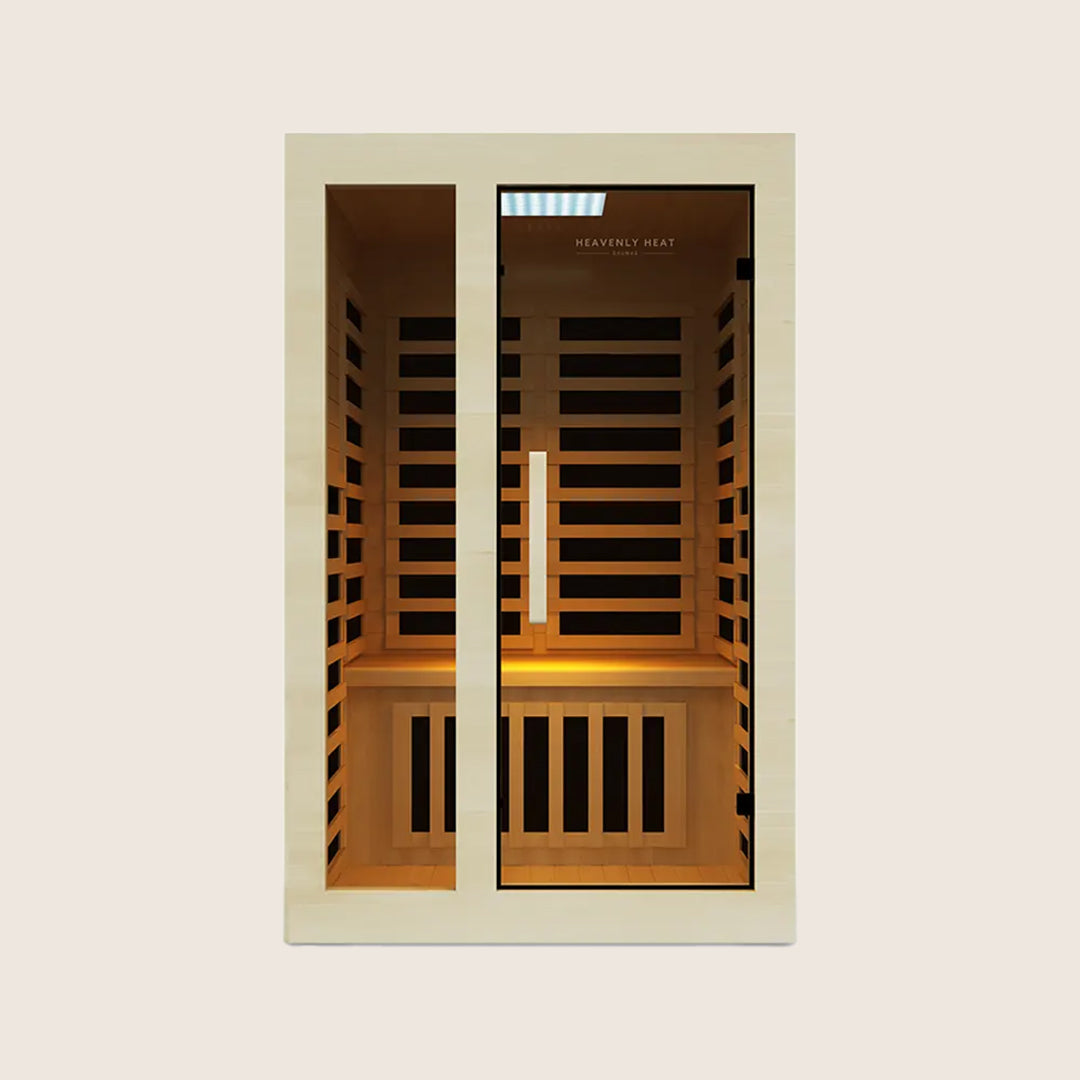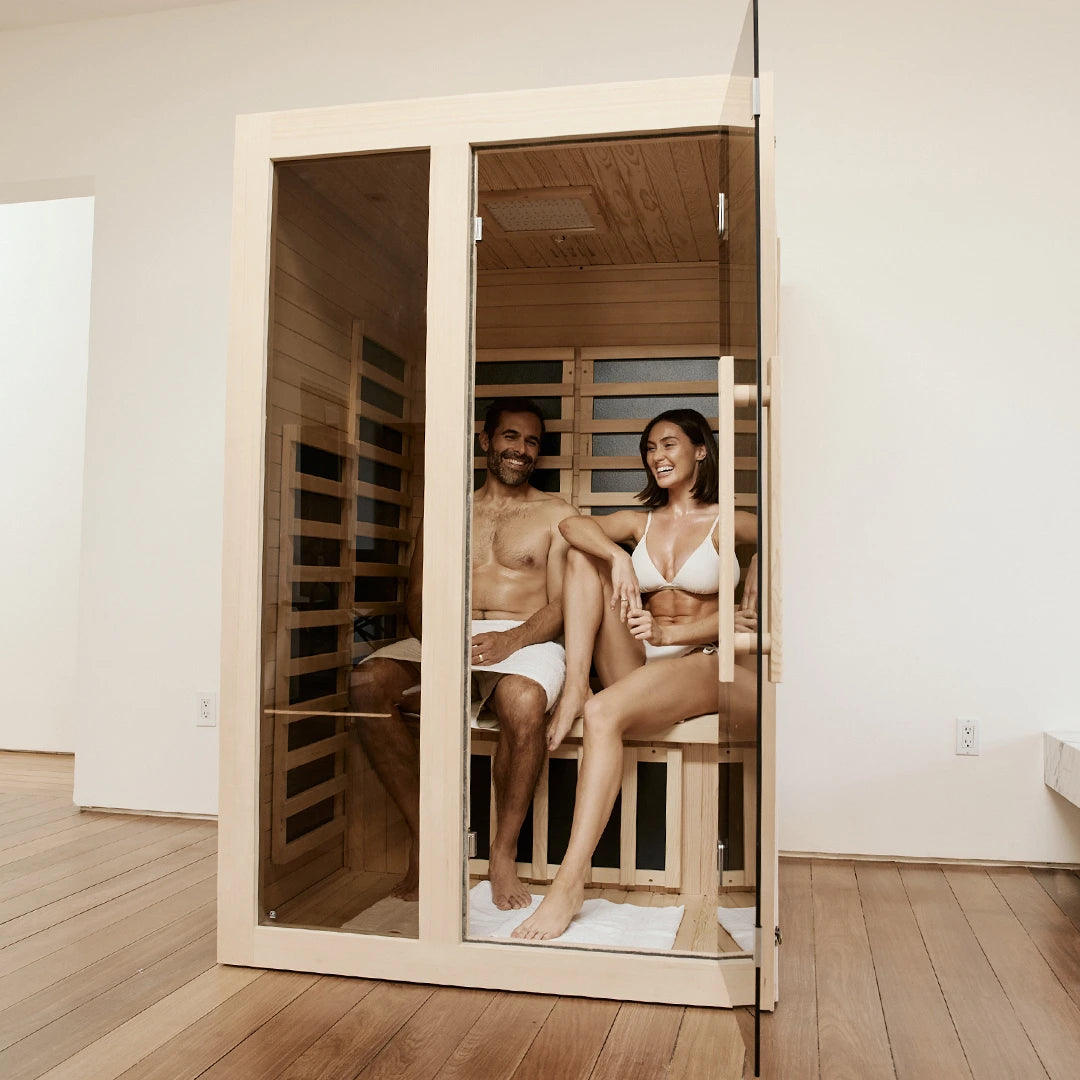Red Light Therapy for Plantar Fasciitis: Does It Really Work?

Waking up to stabbing heel pain with your first steps, or feeling it flare after standing too long, is the daily reality of plantar fasciitis.
Left unchecked, it doesn’t just hurt, it steals mobility, drains energy, and limits simple joys like walking freely. But could red light therapy finally offer lasting relief? Let’s explore whether it truly works.
Key Takeaways
Reduce Pain and Inflammation: Red light therapy can help ease heel pain and calm inflammation in the plantar fascia.
Support Healing: Improved blood circulation from red light therapy promotes tissue repair and faster recovery.
Enhance Flexibility: RLT can increase foot and ankle mobility, making walking and daily activities more comfortable.
Complement Other Treatments: Use red light therapy alongside stretching, supportive shoes, or physical therapy for better results.
Safety First: Avoid RLT if you have photosensitive conditions, certain medications, or open wounds, and follow proper device guidelines.
What Is Plantar Fasciitis?
Plantar fasciitis is a common foot condition that the Mayo Clinic identifies as one of the leading causes of heel pain.
It occurs when the plantar fascia, a thick band of tissue that connects the heel bone to the toes, becomes irritated or inflamed.
This tissue normally supports the arch of the foot and absorbs shock when walking, but repetitive stress, strain, or improper support can lead to tiny tears that trigger pain.
People with plantar fasciitis often describe a stabbing sensation near the heel, especially with their first steps in the morning or after long periods of standing.
Among the most common causes of plantar fasciitis are:
Prolonged standing or walking, especially on hard surfaces.
Sports or exercise without proper stretching or warm-up.
Wearing unsupportive shoes such as flip-flops or flat sneakers.
Going barefoot for extended periods on hard flooring.
Foot mechanics issues like flat feet or high arches.
Sudden weight gain or obesity, which increases pressure on the fascia.
Left untreated, plantar fasciitis can interfere with daily life by making routine activities, like walking, exercising, or even standing, painful and frustrating.
Thankfully, management strategies are often simple and effective. Supportive footwear, stretching exercises, and rest can bring significant relief.
For those seeking a non-medication alternative, rolling the foot over a cold water bottle or massage ball can ease inflammation.
With consistent care, most people can return to their normal activities with less discomfort and greater confidence in their steps.
Common Treatments for Plantar Fasciitis
Rest Your Feet to Reduce Pain
Plantar fasciitis often improves over time, but recovery can take six to 18 months, which can be frustrating.
Research shows that rest plays an important role, with about 25% of patients reporting it as the most effective treatment.
However, complete inactivity is rarely practical, especially for active adults or those who walk frequently for work.
Many physicians now recommend “relative rest,” where high-impact activities are limited and replaced with low-impact options like swimming or cycling.
Insights from the Journal of Foot and Ankle Research highlight how patients struggle with pain while trying to stay active, emphasizing the need for alternative exercises and holistic approaches.
Rest alone can reduce acute heel pain and stiffness, but combining it with stretching, supportive footwear, ice therapy, and sometimes night splints leads to the best outcomes.
Patients following such multi-modal plans often report improved mobility, less pain, and a more natural stride, making daily life and walking far more manageable while the foot heals.
Stretch and Strengthen Foot Muscles
Stretching and strengthening the foot are key strategies for relieving plantar fasciitis pain. Research highlighted by the Annals of Rehabilitation Medicine shows that both strengthening and stretching exercise programs can significantly reduce pain and improve gait in patients, supporting their use in daily routines.
Specifically, plantar fascia–targeted stretches appear more effective than general Achilles tendon stretches in the short term, as noted in a systematic review and further supported by a long-term clinical trial published in The Journal of Bone & Joint Surgery.
Patients following a plantar fascia-stretching protocol reported sustained pain relief, improved function, and high satisfaction even after two years.
For best results, the National Health Service recommends holding each stretch for 20–30 seconds, performing 2–3 sets, and repeating exercises 2–3 times daily.
Combining these stretches with foot-strengthening exercises can enhance recovery, reduce discomfort, and help maintain mobility, making it an accessible, low-cost approach for managing plantar fasciitis effectively.
Wear Supportive Shoes and Insoles
Wearing the right shoes can make a huge difference for those suffering from plantar fasciitis. Research from the Journal of Family Medicine and Primary Care shows that most patients wear inappropriate footwear, shoes with minimal heel height, thin soles, or hard insoles leading to increased heel pain.
Shoes with thick soles, cushioned or arched insoles, and proper heel support help reduce strain on the plantar fascia and provide much-needed arch support.
Cureus Journal highlights that orthotic insoles are highly effective, relieving heel pain in up to 89% of patients by redistributing pressure and supporting the midfoot.
Supportive shoes often include high-density foam, EVA or gel cushioning, and a firm heel counter, all of which improve comfort and stability.
Additionally, long-term studies from the journal of clinical medicine suggest that alternating shoes or using orthotic devices not only reduces pain but also improves foot function over time.
Overall, investing in well-designed footwear and orthotics is a simple yet powerful way to prevent discomfort and support healing.
Use Pain Relievers and Anti-Inflammatories
Managing plantar fasciitis often involves a combination of conservative strategies, and pain relievers are commonly used to help reduce discomfort.
The American Orthopaedic Foot & Ankle Society notes that while NSAIDs like celecoxib can improve pain and disability scores when paired with stretching, heel cups, and night splints, their benefits are mostly short-term.
Similarly, research highlighted in The Journal of Pain shows that nearly 70% of people with plantar fasciitis use over-the-counter medications like ibuprofen or acetaminophen for general pain relief, though only a small fraction take them specifically for plantar fasciitis.
Clinical studies support that these drugs can ease pain during the acute phase, but they do not address the underlying tissue degeneration.
Importantly, NSAIDs carry risks such as gastrointestinal issues, kidney strain, and cardiovascular effects, while corticosteroid injections can weaken the plantar fascia or cause heel pad thinning.
Because of these potential side effects, experts recommend using anti-inflammatories as a short-term supplement to stretching, rest, and supportive footwear rather than as a stand-alone treatment.
Get Help from Physical Therapy
Physical therapy is widely recognized as a first-line treatment for plantar fasciitis. The World Academy of Sciences Banner emphasizes that rest, shoe modifications, orthoses, and physiotherapy form the cornerstone of initial care, often combined with simple analgesics when needed.
Research from the Cureus Journal highlights that structured physical therapy programs can provide relief for more than 90% of patients within 3 to 6 months, improving pain, foot function, and daily activity.
Specific exercises, such as plantar fascia-specific stretches and gastrocnemius and Achilles stretching, have been shown to significantly reduce discomfort and promote tissue healing, according to the medical bulletin of Haseki.
Many patients notice improvement within a few weeks, with more substantial relief typically seen by 6–8 weeks.
Techniques like foam rolling, strengthening, and manual therapy further enhance outcomes, especially when patients follow a consistent home program.
Overall, combining these conservative approaches offers effective, low-risk relief, helping patients recover faster and prevent recurrence, making physical therapy a safe and essential part of plantar fasciitis management.

Try Night Splints to Keep Feet Straight
Night splints are a widely recommended conservative treatment for plantar fasciitis, designed to hold the foot in a gentle dorsiflexed position overnight.
This stretch prevents the plantar fascia from tightening while you sleep, reducing the sharp morning pain, promoting healing, and improving flexibility.
Research from the American Orthopaedic Foot & Ankle Society shows that both night splints and foot orthoses significantly reduce pain and improve function, with long-term benefits observed up to a year.
While compliance is higher for orthoses, night splints still provide notable relief. Literature reviewed by The Journal of the Canadian Chiropractic Association reports that 68% of patients experience improvement within 12 weeks, with even higher long-term benefits.
Moreover, evidence compiled by the Journal of Orthopaedic & Sports Physical Therapy supports night splints as part of evidence-based guidelines for managing nonarthritic heel pain.
For individuals struggling with plantar fasciitis, night splints offer a simple, effective way to maintain tissue length, prevent inflammation, and make mornings far less painful.
Consider Injections or Surgery if Severe
For most people, plantar fasciitis responds well to conservative treatments, with about 90% experiencing symptom relief within 9–12 months.
However, when pain persists, injections or surgery may be considered. Studies in The Foot Journal report that total plantar fasciotomy can effectively relieve chronic pain, with six out of eight patients reporting successful outcomes.
Yet, surgery carries risks such as nerve injury, plantar fascia rupture, and flattening of the arch, and post-operative changes in foot biomechanics may occur.
Injections provide another option: research shows that pain relief is experienced by 30% of patients after one month, 53% after three months, and some can maintain relief for up to two years with multiple injections.
Guidelines highlighted in the World Neurosurgery Journal suggest reserving surgery for those who fail extended conservative therapy, while injections can offer short-term relief but are not guaranteed to be permanent.
Ultimately, both approaches can help severe cases, but careful consideration of risks, benefits, and long-term effects is essential.
Benefits of Red Light Therapy for Plantar Fasciitis
Pain Relief and Reduced Inflammation
Red light therapy can ease pain and calm inflammation in plantar fasciitis by helping your tissues heal.
The light stimulates cells to make more energy, repair themselves, and balance inflammatory signals, which reduces swelling and soreness.
In one study, mice treated with red light showed lower levels of inflammation and higher levels of anti-inflammatory signals.
Another study found that this therapy lowers oxidative stress and helps immune cells behave normally.
These results show that red light therapy can actively relieve pain and speed up recovery for plantar fasciitis.
Accelerated Healing of Plantar Fascia Tissue
Red light therapy helps the plantar fascia heal faster by waking up the cells in the tissue and getting them to grow and move to where they are needed.
When the tissue absorbs red light, it also guides cells to line up properly, which speeds up repair.
For example, a study using 661 nm red light found that this treatment boosted cell growth, increased helpful reactive oxygen species (ROS), and closed wounds faster.
According to Lasers in Medical Science, these effects suggest red light can actively help your plantar fascia recover naturally and safely.
Improved Blood Circulation in the Foot
Red light therapy (RLT), a type of photobiomodulation, can significantly improve blood circulation in the foot, which is crucial for healing plantar fascia tissue.
By stimulating mitochondria, RLT increases cellular energy (ATP), enhancing cell metabolism and tissue repair.
This boost in microcirculation helps deliver oxygen and nutrients more efficiently to injured areas, promoting faster regeneration and reducing inflammation.
Research also shows that RLT encourages vascular neoformation, or the creation of new blood vessels, further supporting tissue health.
According to Lasers in Medical Science, studies on LED phototherapy demonstrated measurable increases in microcirculation in both diabetic and non-diabetic patients, highlighting its potential in improving blood flow.
Clinical trials using contrast-enhanced and Doppler ultrasound have also quantified improved circulation, noting vasodilation through nitric oxide release.
These combined effects not only alleviate pain but contribute to sustained functional improvement in plantar fasciitis, making RLT a promising, non-invasive therapy for foot recovery.
Enhanced Flexibility and Mobility
Red light therapy helps relax tight foot muscles by improving blood flow and reducing inflammation.
This supports tissue repair, increases ankle range of motion, and enhances fascia elasticity. As a result, stiffness from plantar fasciitis decreases, joint flexibility improves, and walking becomes more comfortable.
Reduced Recovery Time from Flare-Ups
Red light therapy (RLT) has shown promising results in speeding up recovery from plantar fasciitis flare-ups.
A study published in the Journal of the Medical Association of Thailand found that patients who combined standard treatments like NSAIDs and Achilles tendon stretching with infrared therapy experienced a greater drop in pain scores over six months compared to those using conservative care alone.
RLT works by reducing inflammation, lowering pro-inflammatory cytokines, and stimulating mitochondrial activity, which boosts cellular energy and accelerates tissue repair.
Clinical trials and meta-analyses confirm measurable pain reductions, improved foot function, and, in some cases, faster healing compared to usual care.
Research suggests that the most effective outcomes come from using red (610–660 nm) and near-infrared (820–850 nm) wavelengths together.
While results may vary based on treatment intensity and frequency, red light therapy remains a safe, non-invasive way to complement other therapies, offering lasting relief and helping patients return to daily activities with less discomfort.
FAQs
Can red light therapy heal plantar fasciitis permanently?
Red light therapy (RLT), also known as photobiomodulation, has shown promise in reducing pain and improving function in plantar fasciitis, though it is not yet considered a permanent cure. Research, especially using low-level laser therapy (LLLT), suggests it can help decrease heel pain and support tissue healing by stimulating mitochondrial activity, boosting ATP production, promoting collagen synthesis, enhancing blood flow, and reducing inflammation. These biological effects can aid in repairing damaged fascia and restoring foot function without invasive procedures. However, clinical evidence for long-term or permanent relief is limited, and results vary depending on device type and treatment protocol. Effective sessions typically use red wavelengths between 610–630 nm or 660–690 nm, 3–4 times per week over 4–6 weeks, with near-infrared therapy also offering deeper tissue penetration. While generally safe, more high-quality studies are needed to establish standardized treatment parameters and confirm lasting benefits. For now, RLT may serve as a supportive therapy rather than a guaranteed solution.
Can red light therapy reduce inflammation?
Red light therapy has gained attention for its potential to reduce inflammation and relieve pain. Insights from the Journal of Photochemistry and Photobiology highlight studies where red LED light (around 660 nm) significantly reduced acute pain and inflammation in experimental models, including swelling and inflammatory cell migration. The therapy appears to influence multiple pathways, such as the glutamatergic system and intracellular signaling cascades, suggesting a complex mechanism behind its effects. Beyond preclinical studies, red light therapy has been shown to decrease markers of inflammation in humans, such as after strength training, where it can reduce muscle soreness, fatigue, and support recovery. Research indicates that both acute and chronic inflammation may respond well to red and near-infrared light, providing measurable outcomes like reduced pain, swelling, and tissue irritation. Overall, these findings suggest that red light therapy could be a valuable non-invasive option for managing inflammatory conditions, though further research is needed to fully understand its mechanisms and optimize its use in clinical settings.
Who should avoid using red light therapy?
Red light therapy can offer benefits, but it’s not safe for everyone. People with certain medical conditions, such as lupus, photosensitive disorders, or active cancers, should avoid using it on affected areas without medical guidance. Medications that increase light sensitivity, like some antibiotics or retinoids, also raise the risk of side effects. Even healthy individuals can experience skin redness, blistering, or eye damage if protective measures aren’t followed. Age and skin tone matter too, darker skin may be more prone to hyperpigmentation. Pregnant or breastfeeding individuals should be cautious; Dr. David Downing, an OB-GYN at Weill Cornell Medicine, notes that while red light therapy is theoretically safe during pregnancy, there’s no definitive data confirming its safety. Additionally, those with open wounds, infections, or certain eye conditions should consult a healthcare provider first. To stay safe, always use FDA-cleared devices, follow instructions carefully, and check with a dermatologist or physician if any risk factors apply.


